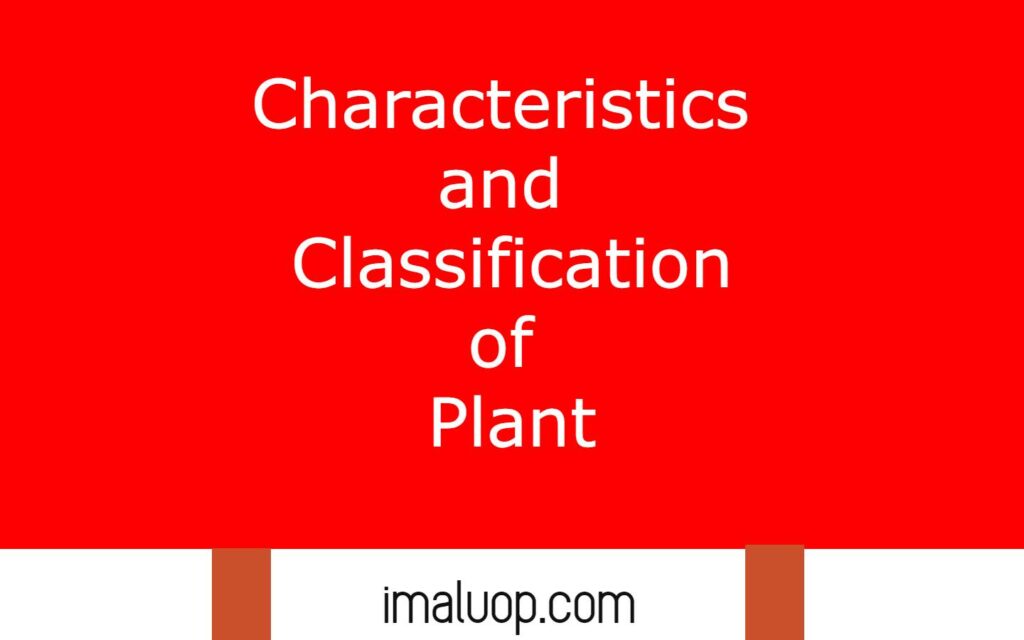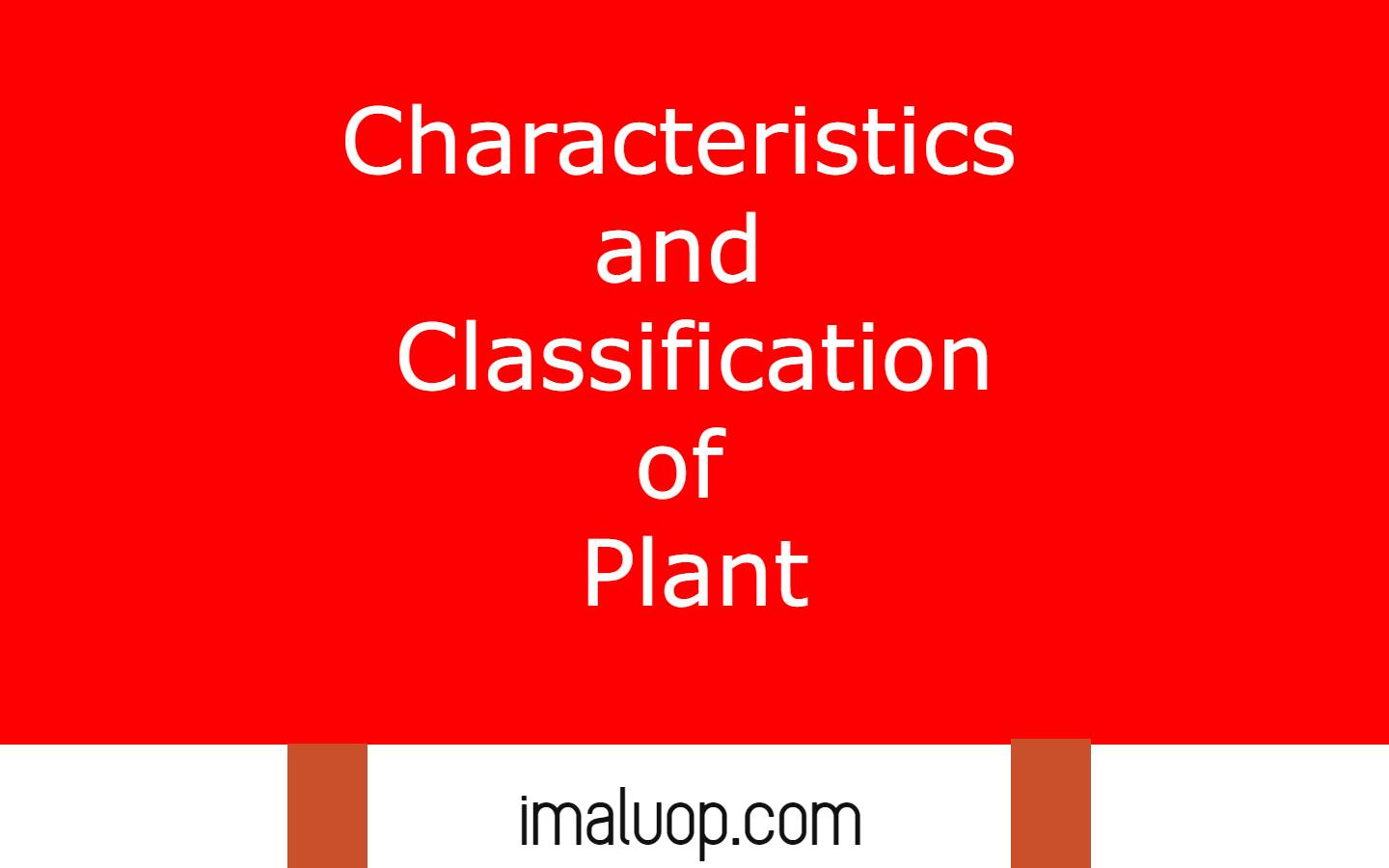Hi, we already discussed characteristics and classification of animals, now we are going to discuss the characteristics and classification of plant kingdom which differentiate the plant from the other kingdom.
According five system of classification organisms can be categorised into five main groups, kingdom monera, kingdom protista, kingdom fungi, kingdom animalia and kingdom plantae based on their types of cell, level of organisation, mode of nutrition and we already discussed about some kingdom and now we are going to focus on kingdom plantae.
Table of Contents
Basic Information About Kingdom Plantae:
Kingdom plantae generally have all plants including algae and all other higher photosynthetic plants and they are eukaryotic generally multicellular autotrophic organisms and generally constitute the producer in food chain due to their capacity to produce their own food due to presence of their special cell organelles like chloroplast and the pigment chlorophyll which helps them to trap the sunlight.
Characteristics of Plants:
- They live but they can not move actively and they become fixed but in the case of some aquatic plants they can move with the flow of water but they can not move actively.
- Plants are autotrophs because they can produce their own food and for this process they use some inorganic raw materials and in the presence of sunlight they convert their absorbed inorganic chemicals into organic foods.
- In higher plants they generally have reproductive organs for their reproduction but their capacity to show regeneration and vegetative reproduction is very high.
- In plant cells one large central vacuole is present which differentiate a plant cell from most of the other organisms and the plant cell has a cell wall made of cellulose.
- The capability of producing their own food is due to the presence of chloroplast and in the chloroplast thylakoid membrane a specific pigment chlorophyll present which can trap the sunlight and help to transfer the light energy into chemical energy in the form of ATP.
Classification of Plant:
Depending upon the differentiation into various parts, presence or absence of vascular tissue, presence or absence of typical flowers the plant can be categorised into various groups which we will discuss below.
Thallophyta:
They do not look like the plant we generally see in our surroundings because the plant we see in our surroundings have clear stem, root and leaves but in thallophyta the plant body is not differentiated into root, stem and leaves.
For example different types of algae like red algae, green algae, brown algae and they may be filamentous, colonial, branched or unbranched as seen in Volvox, Spirogyra, Ulothrix.
Bryophyta:
They are known as Amphibians of the plant kingdom and their body is also not differentiated into root, stem and leaves, sometimes different structures in bryophytes may look like root, stem and leaves but they are not actual root, stem and leaves.
For example Marchantia, Anthoceros are bryophytes and they generally live in moist areas because during their reproduction water is required and we already discussed characteristics of bryophytes and their classification.
Pteridophyta:
They are vascular plants as compared to bryophyta because they have vascular tissue, xylem and phloem which was absent in bryophytes. As compared to bryophyta they have well developed roots, stems and leaves and common examples of Pteridophyta are Selaginella, Equisetum.
Gymnosperms:
Gymnosperms have naked seed because their ovaries are not covered by a wall of fruits and they have reproductive organs which sometimes present in the form of cones as seen in Pinus and Cycas.

Angiosperms:
They are commonly known as flowering plants because their reproductive organs are well developed flowers and after fertilization they produce fruit which covers the ovaries so their seeds do not present in exposed state like gymnosperms. Today we see in our surroundings most of the plants are angiosperms and some examples of angiosperms are Rose, Mango, Eucalyptus.
Hi Everyone!!! Welcome to Imaluop. Imaluop always try to learn some new and he want to share to other people. Here we will try to learn various topics on Science, specially on Biological Sciences.
